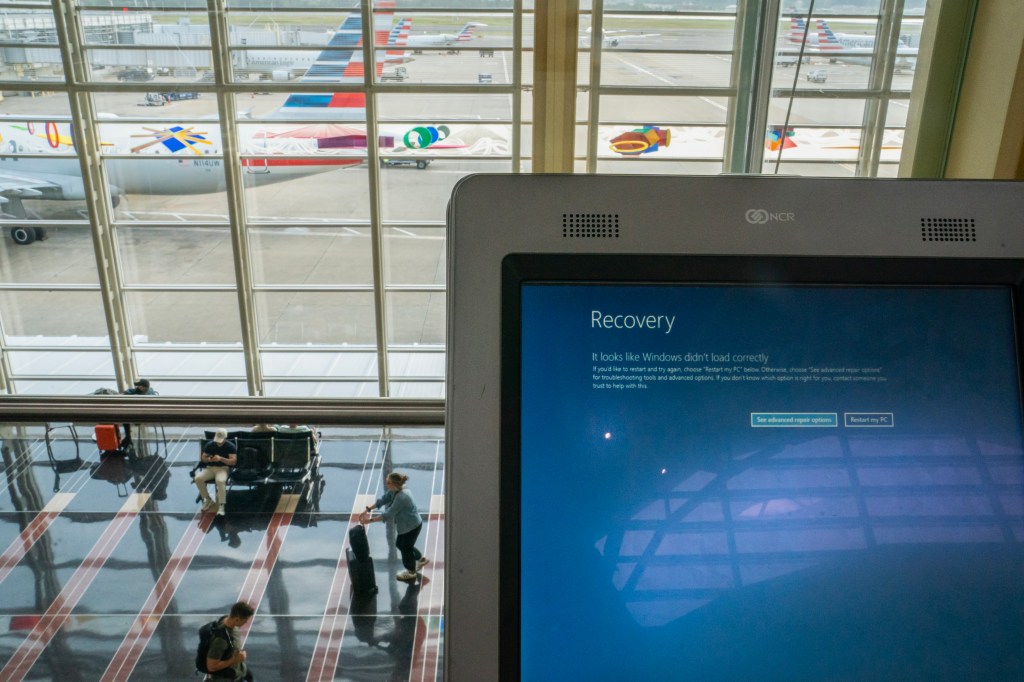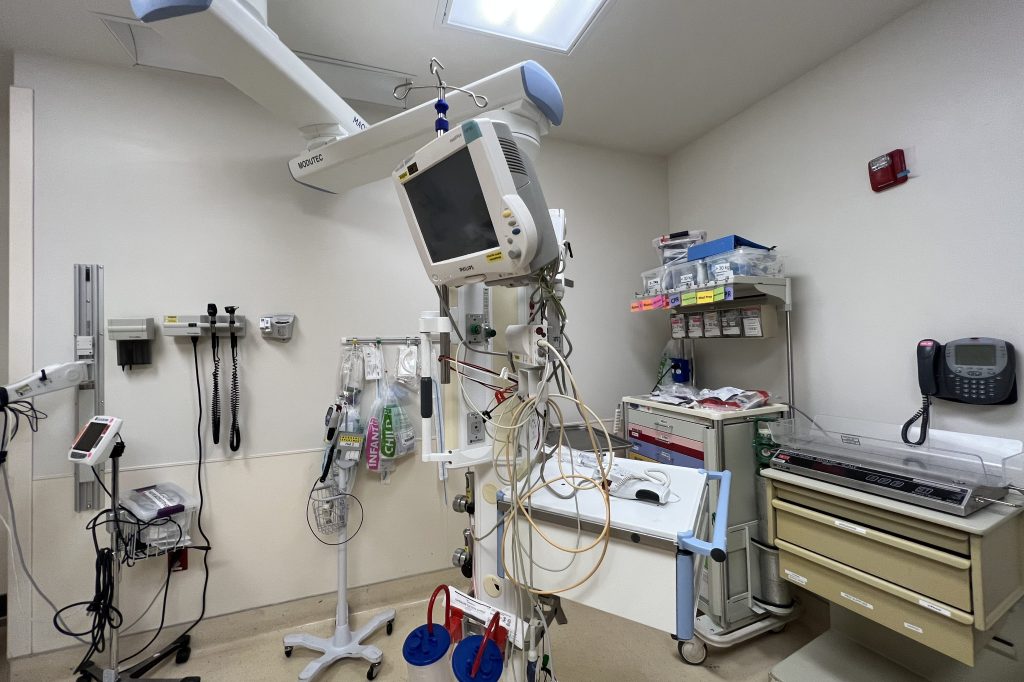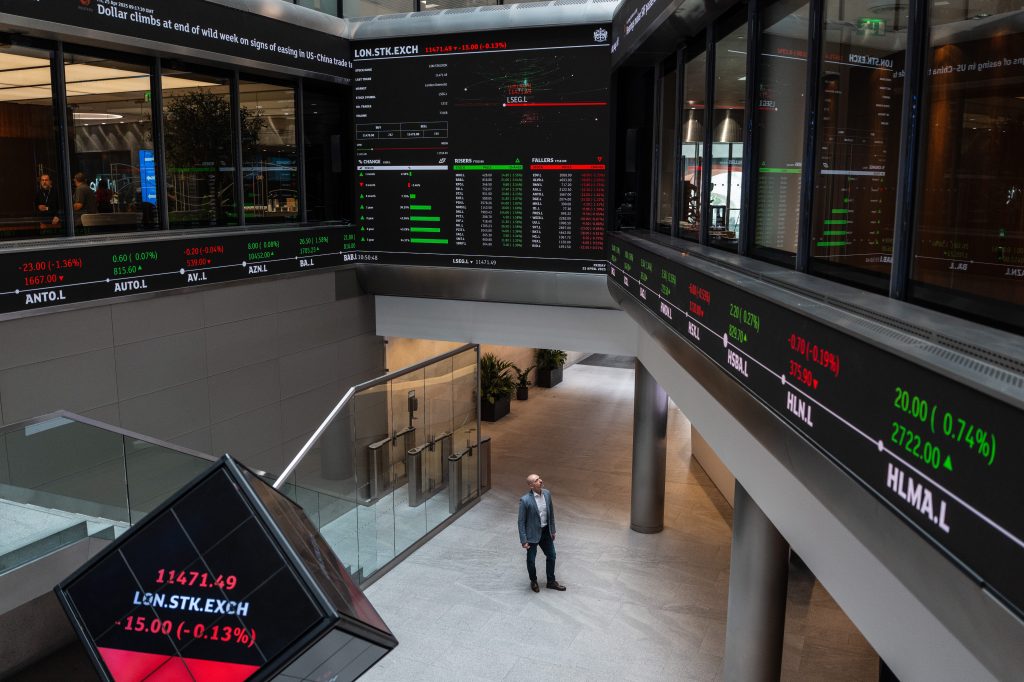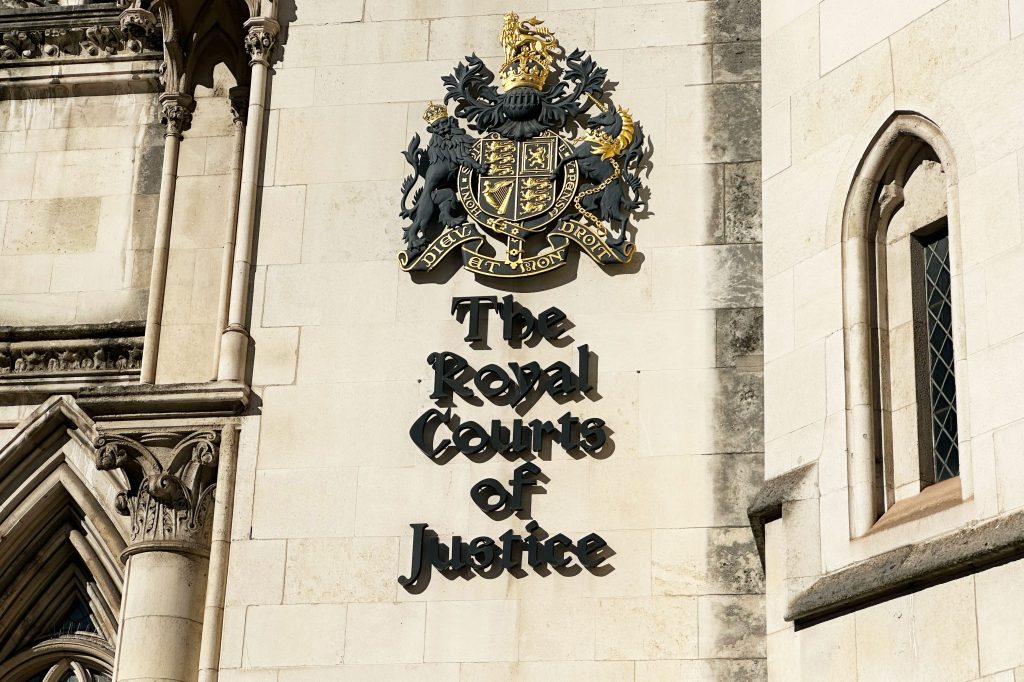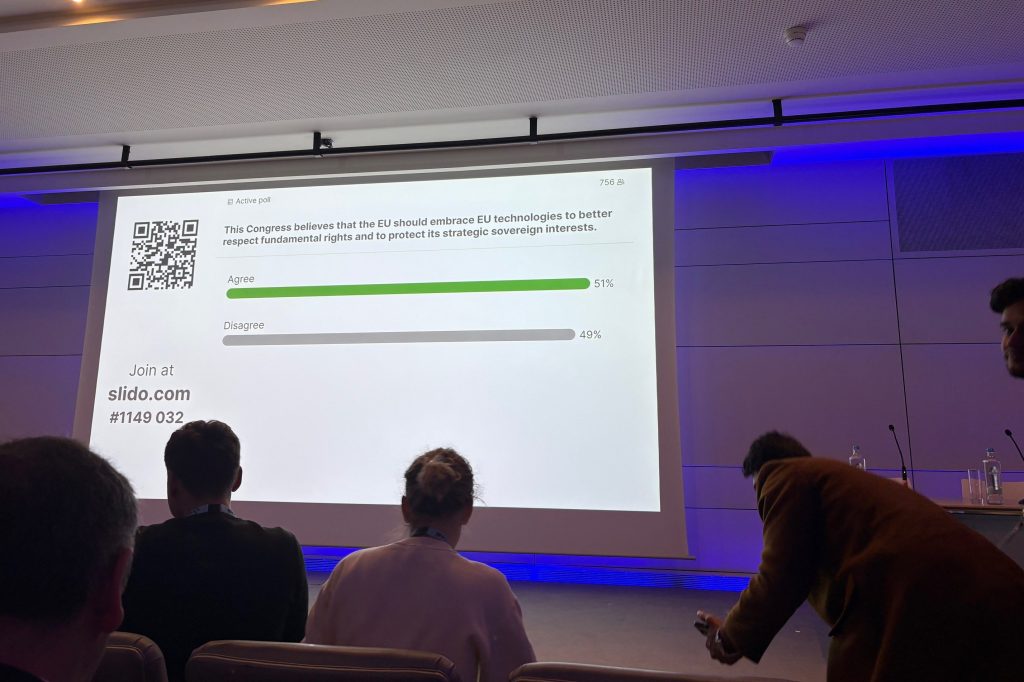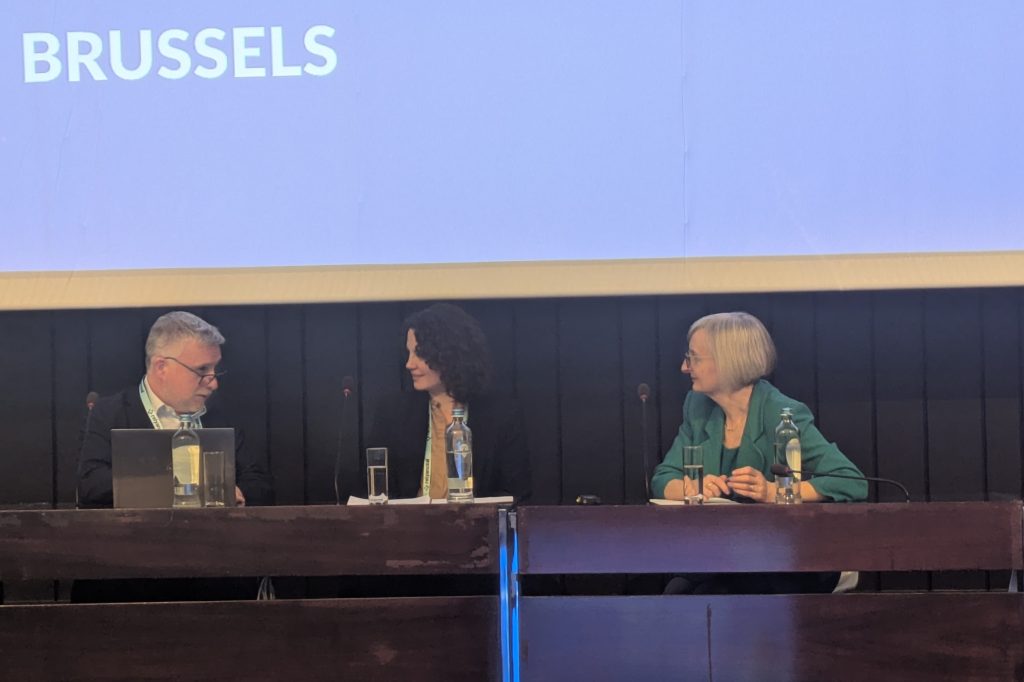It’s the nightmare that makes financial institutions’ chief information security officers wake up in cold sweats – a coordinated ransomware attack that brings down the entire global financial system.
That was the scenario gamed out at the Securities Industry and Financial Markets Association’s (SIFMA) Quantum Dawn VI exercise last
Register for free to keep reading.
To continue reading this article and unlock full access to GRIP, register now. You’ll enjoy free access to all content until our subscription service launches in early 2026.
- Unlimited access to industry insights
- Stay on top of key rules and regulatory changes with our Rules Navigator
- Ad-free experience with no distractions
- Regular podcasts from trusted external experts
- Fresh compliance and regulatory content every day

